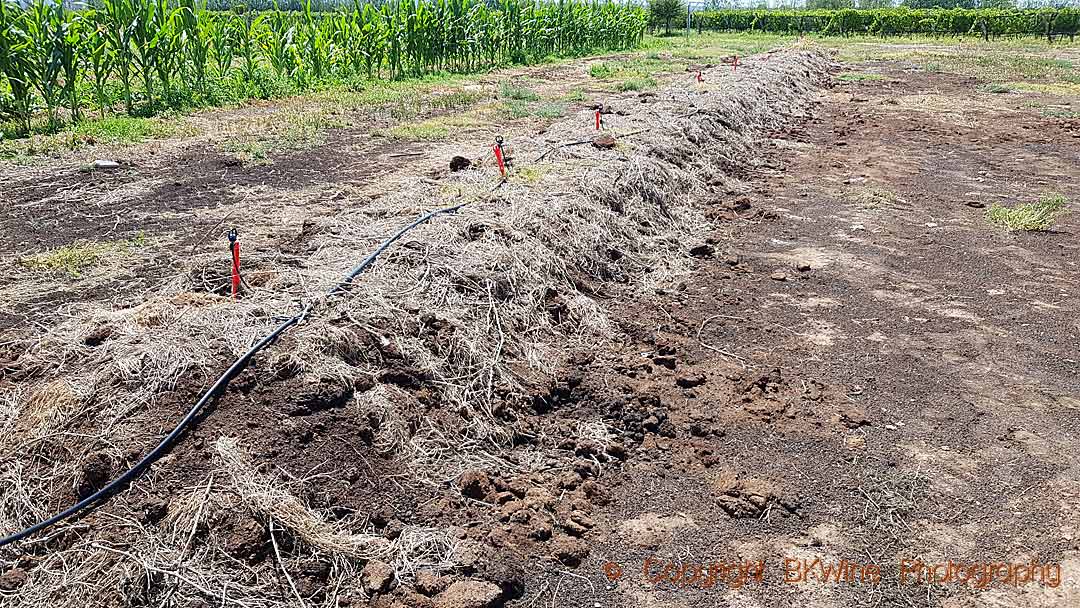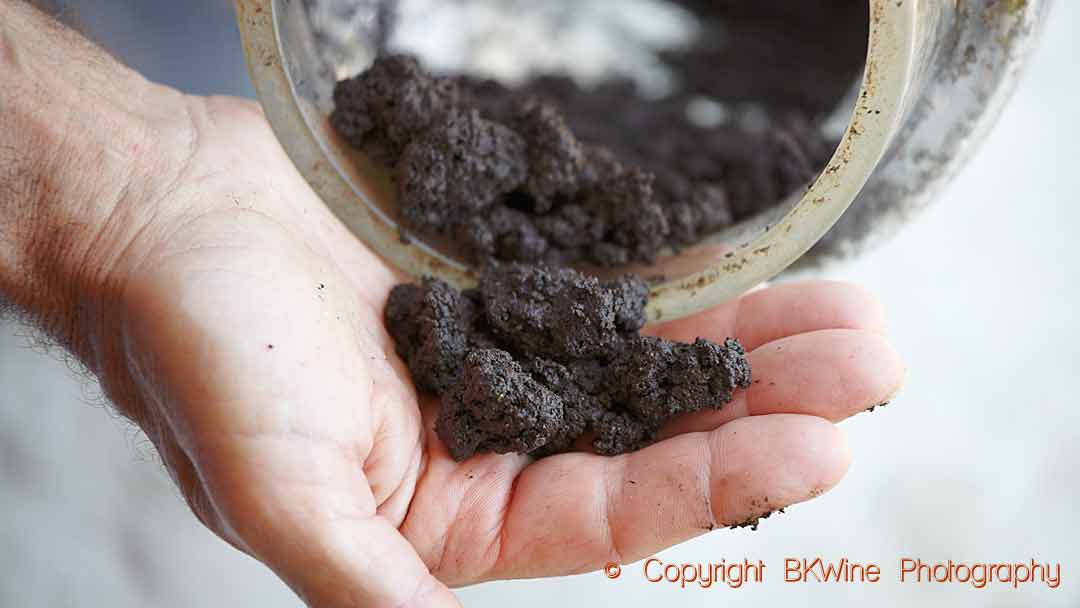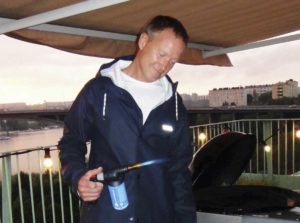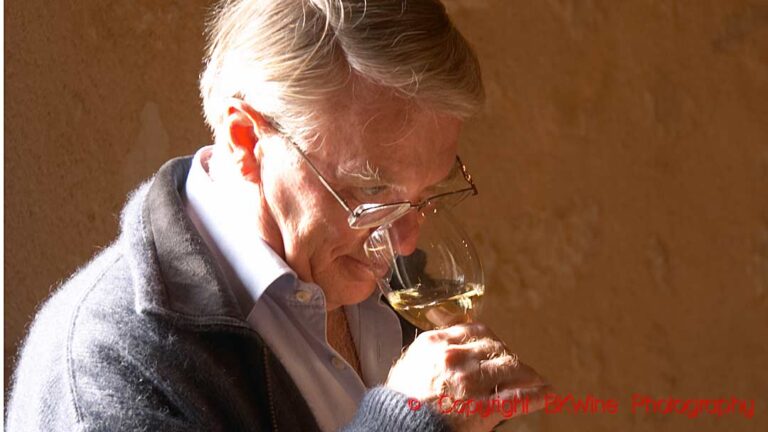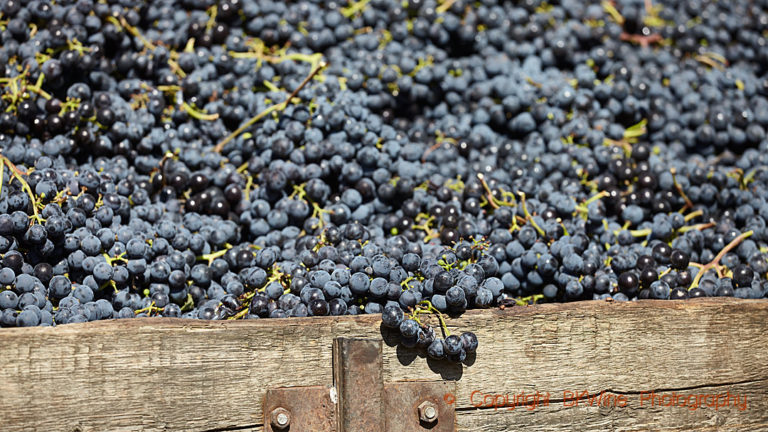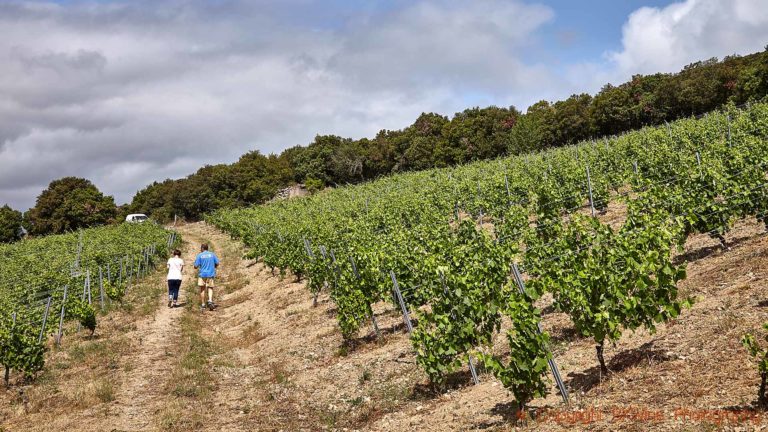Biodynamic viticulture is a topic that often stirs up emotions. Sometimes positive, it’s a trendy segment today. Sometimes negative, especially for those trying to understand how it works. Whatever one thinks, there is no doubt that there are many skilled biodynamic producers. But if the quality comes from the biodynamics or from their own inherent talent can be harder to know. Nicolas Joly is a biodynamic pioneer and often quoted by the followers. But he is also a very polarizing personality. So when Joly comes to Stockholm to talk about the subject in connection with the BD club Renaissance des Appellations’ (*) visit, it is perhaps an opportunity to become a little wiser. BKWine Magazine’s Sven-Olof Johansson went to listen to the “high priest”. Did he become wiser? Well, judge for yourself.
“Do you believe in God,” asked the teacher, narrowing his eyes at the young student in the front row. The boy gave the impression of thinking, tilting his head slightly, his mouth pursed slightly, and his forehead got a youthful crease of brooding. After an eternity of thought, probably five seconds, the answer came as simple as it was obvious. “Which one, Sir?” At today’s packed lecture, the students consisted of adult and well-known sommeliers, wine merchants and writers. The master in question was none other than Nicolas Joly and the subject was biodynamic viticulture. The magister was polite enough not to ask the same direct question, but simply said, “That’s the way it is.”
At the outset, the reader should be informed that I fully appreciate biodynamic farming. It may be that I hardly shy away from mocking what in most people’s eyes appears as pure gallimatias. Basically, the attitude is purely, literally, positive. Personal meetings with biodynamically certified growers have never given the impression of aberrant faith, well, except perhaps today. Instead, the growers have, in a rather stubborn way, become obsessed with producing really good wines without herbicides and pesticides (**). And in what way do we as consumers have reason to smirk at it, as long as the wine is good.
There is an immediate silence in the room when Nicolas speaks. Everyone really is there to listen. The true believers, the sceptics and those who just want to check off that they heard Nicolas Joly live once in their life. The introduction quickly grazed the fact that he was born in 1945, is well educated and worked in a bank when his parents’ vineyard ended up in the lap of a young man who, according to his own statement, did not know a thing about winemaking.
After that, the conversation moved quite quickly to, as he put it, “the drama in the vineyard”. The resistance to herbicides and pesticides was perceived as less controversial. The absolute opposition to copper and sulphur was strongly pronounced. “Long-term use of copper produces a harvest that does not at all carry with it what the soil can offer,” explained Nicolas. Nicolas spread his arms in a gesture that signalled the complete obviousness of the spoken words. “Growing organically is a good thing but not enough, we are affected by so much more”.
The topic turned to cosmic movements that bring life to the soil. Here, too, there were threats created via the human factor. “Thousands of satellites in space already affect all living things today,” explained Nicolas.
When the subject turned to the preparations, the nine mixtures that are used against pests and other attacks, the benefit of burying them in cow horns or other animal parts was touched upon in a clear way with reference to tests in a lab. After the five to six months the filled cow horns had been buried during the winter, the contents were compared with the corresponding substance buried in clay pots. “The difference is huge,” explained Nicolas, the percentage of localized microorganisms measured in the cow horn was five to six times more, he clarified.
The next topic concerned monoculture and biodiversity, which in fact more and more producers far outside the biodynamic sphere have taken up as a challenge. “Monoculture is one of the biggest dramas of cultivation, but how can it be combated,” said Nicolas with a body language that signalled a certain despair with the addition, “Adding a new species to the vineyard is like adding a new instrument to an orchestra,” he rounded off on the subject.
Towards the end there were only a few minutes about harvesting and winemaking. Nicolas usually harvests late and the mere idea of harvesting a bit earlier to keep the alcohol content down seemed absurd. The task of winemaking was something that was toned down. Once the grapes reached their full maturity, pretty much everything was already done, but a clarification about yeast hardly went unnoticed. “Processed yeast is completely unthinkable. Processed yeast, it’s murder,” Nicolas said emphatically.
“How can you find a good organic wine? Not in a microscope anyway. Feel free to try examining a delicious piece of food, you will hardly find the chef’s soul under the microscope. A good wine is only really good if it appeals to your emotions,” concludes Nicolas, patting his chest with his palm. Emotions, it’s a battle between brain and heart.
Two things are desirable for you to bring with you. One is to look at the list of producers certified by Demeter or Biodyvin and see if you can find some of your favourites. Presumably you do. The second thing to do is to try to get a copy of Britt and Per Karlsson’s book “Biodynamic, organic and natural winemaking”. It is a few years old but is a perfectly good base on the subject.
Sort garbage at the source, take public transport and enjoy a wine from a producer that shows respect for nature.
–
If you want to know more about biodynamic wine (and other kinds of environmental issues in wine) then you can read the BKWine book mentioned in the text “Biodynamic, organic and natural winemaking“. Or, for a shorter introduction, you can read the BKWine Magazine article that explains what biodynamic wine is: Biodynamic cultivation and wines: What is it really?
(*) Renaissance des Appellations is an association created in 2001 by Nicolas Joly for wine producers working biodynamically. It has today 175 members.
(**) Ed.: “Without herbicides and pesticides” should always be interpreted with caution. Many winegrowers present it that way, but it is rarely completely accurate. In practice, all winegrowers use pesticides/spraying, even “chemical” ones. (What is not chemical?) So do the biodynamic ones. Virtually all wine regions worldwide suffer from various diseases (pests) and these need to be combated, even in biodynamic vineyards. The most common spraying agents – the pesticides – are probably copper and sulphur, two chemicals. The vast majority of biodynamics, as well as organics, also use these although they (like others) make an effort to use as little as possible. On the other hand, what is prohibited for organic growers, and thus also most biodynamic ones refrain from, are “synthetic” pesticides. /Ed.



